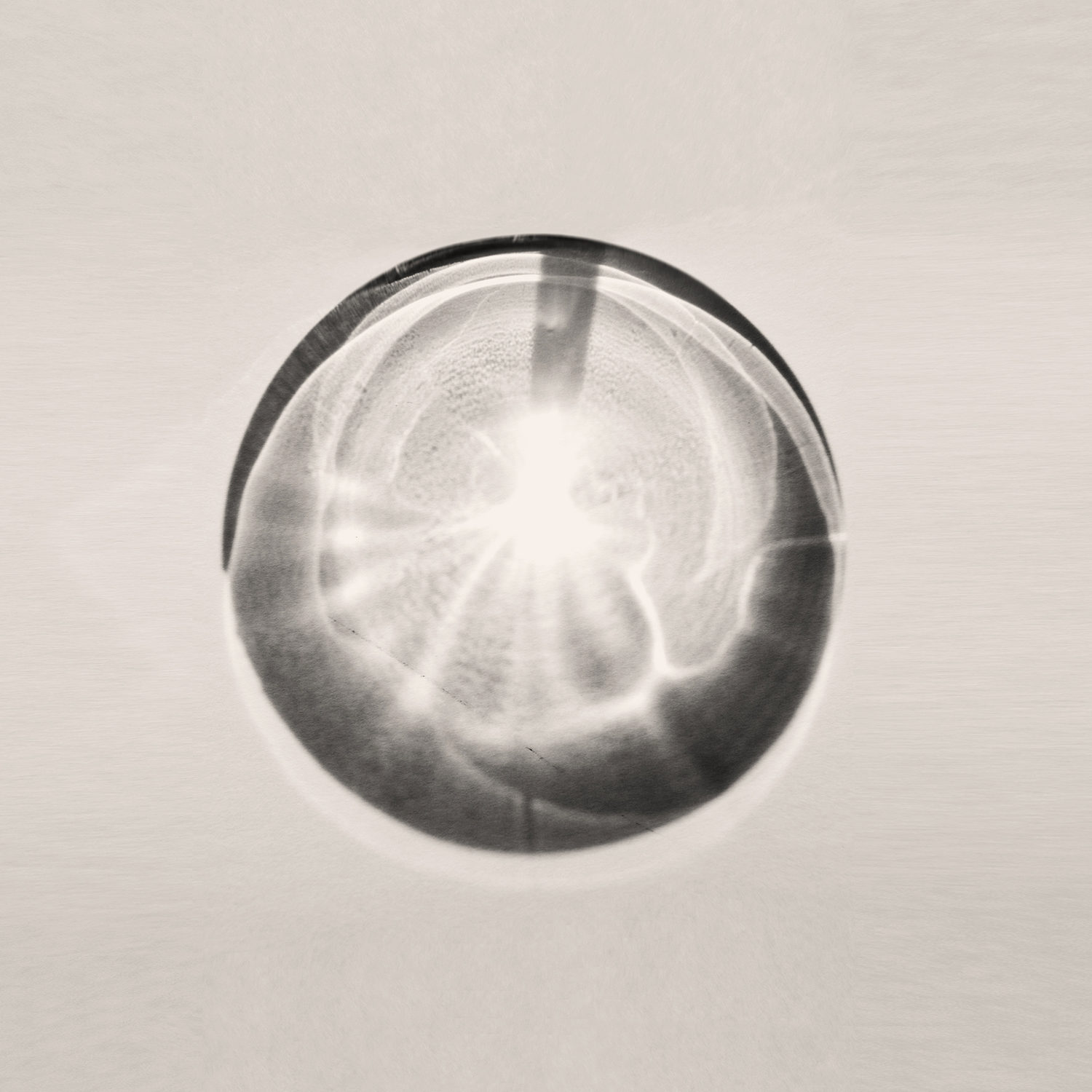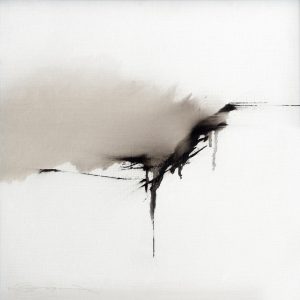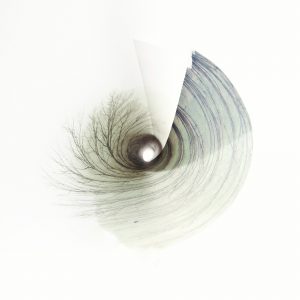Humet: Niwa
17,90€
London Sinfonietta
Nicholas Collon
CD + Voucher Code to download:
HD FLAC Stereo · 24 bit 96 kHz
HD ALAC Stereo · 24 bit 96 kHz
HD FLAC Surround 5.1 · 24 bit 96 kHz
MP3 · 320 kbps
Extra content
Digital Booklet (pdf)
Digital Cover (jpg)
“Ramon Humet’s music is delicate and subtle, with high poetic imagination. Humet is a hope for the future; he has a fine ear, and a spirit full of light.”
Jonathan Harvey
“The percussion suite ‘Four Zen Gardens’ features bell and bamboo timbres in perfect equilibrium, sustaining the poise suggested by the title, while modulating from Yamash’ta-esque industry to resonant high-register tones. ‘Garden of Haikus’ offers 10 short movements picked out in cryptic collusions, while the three sections of ‘Petals’ represent individual lines from a Bankoku haiku performed by violin, cello and piano with a sombre grace. Exquisitely simple, but endlessly deep.”
The Independent
More info: audios · videos · liner notes · scores · reviews
In stock
Description
QUATRE JARDINS ZEN
(Four zen gardens) 2008
Resonance and silence are the generative elements of this suite for three percussionists. Also, the use of heterophony –ornamental variation on a single melodic line–, becomes the composition’s main principle of construction, capable of providing rhythmic variety, strong contrasts and basic material for transitions between major movements. The vibraphone, enriched by the extensive use of bells and cowbells, becomes a kind of solo instrument that develops a highly expressive argument. The other instruments, all of a resonant metallic colour –except for a rain-stick– generate a symbolic continuum and constitute the emptiness on which an architecture of sound is raised, of great tonal coherence.
JARDÍ DE HAIKUS
(Garden of haikus) 2007
This work for an unusual ensemble –piano trio and percussion trio–, was the first to explore a form consisting of a kind of polyptych; its ten short movements comprise an organic whole with its contrasts, transitions and developments. It is not, therefore, a series of independent miniatures, but a premeditated conjunction, a genuine cohabitation between different compositional processes, always very condensed, that engender mysterious moments, fragments of intense lyricism, and flashes of playfulness.
PÈTALS
(Petals) 2009
The longest winter night:
plum petals fall and finally
the western moon.
Written for a far more classical ensemble than previous compositions, Pètals consists of three interconnected movements, each built on a line of the last haiku by poet Bankoku (d. 1748). The text chosen is especially significant because it belongs to a genre with a long tradition –the so called Japanese death poem; the last, intense and outstanding, literary statement before the final breath. The first movement transforms “the longest winter night” which the poet alludes to, into vehement music, full of vertical sonorities, which, in spite of the brightness of the harmony, act like spikes between which melodic ripples appear. In the second movement, the composer connects the beautiful image of the falling petals of a plum tree with the tradition of lamento from Western music –a rhetorical figure common in the Baroque, characterised by a descending melodic line. The piece ends with a reference to circular time, ecstatic –repetitions on the same note– with extremely precise contrapuntal writing and a visionary moment: the distant high sound of the strings before the last breath.
More info: audios · videos · liner notes · scores · reviews
Additional Information
| Weight | 0,190 g |
|---|---|
| Dimensions | 180 × 190 × 22 cm |



 David Lang: the so-called laws of nature
David Lang: the so-called laws of nature



